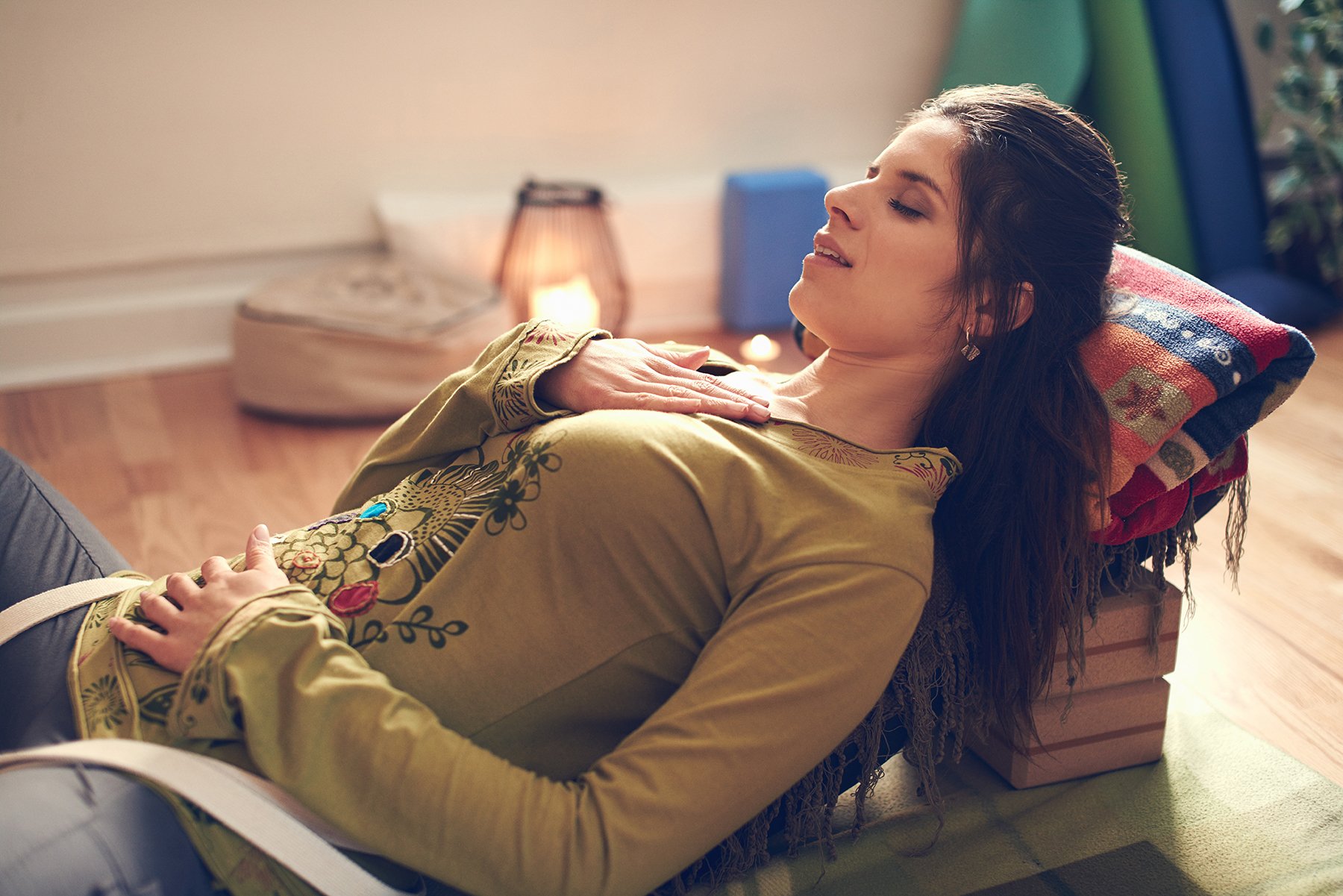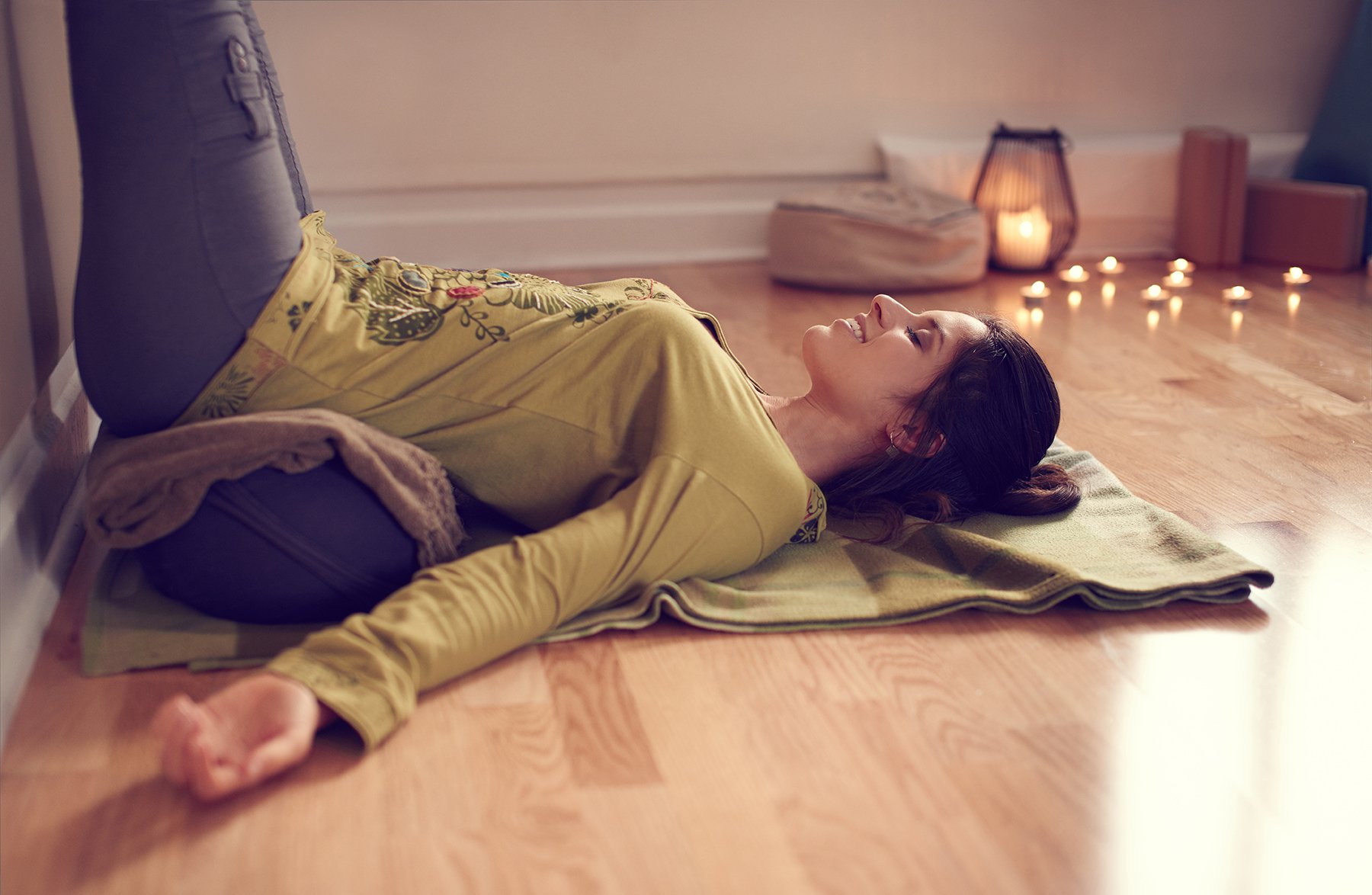Mindful Yoga for Trauma Survivors
April is National Sexual Assault Awareness month. Yoga and meditation can be really helpful for survivors of trauma. It has helped me immensely. Here are a couple of practices that I have found very grounding.
A few things first, though…
First, yoga and meditation are not a panacea for survivors. Finding a great therapist, AND finding a yoga teacher that has trauma-sensitivity training can both both be important for your healing journey.
Secondly, what has helped me, might be different from what helps you. Sometimes an active yoga practice is called for, sometimes, being still is the best. The most important thing, is to do what feels right for YOU.
Thirdly. I love this book by Kristin Neff, Ph.D called Self-Compassion, The Proven Power of Being Kind to Yourself. I think it should be required reading.
Breath awareness:
Finding a comfortable space where you can take some time to pay attention to your breath can be healing. I use a breath awareness practice daily to help me connect with my body.
Here’s how:
If you can prop yourself up on an angle, (like the student in this photo) with a bolster or pillow, and some yoga blocks or books…or even the arm of your couch if that feels ok for you. Or, find a comfortable seated position…on the floor, on a chair.
The key here, is doing what feels ok for you.
Keeping your eyes open is ok. Closing your eyes is ok.
Place your hands on your heart and belly, or wherever is comfortable for you.
Begin by paying attention to how your breath feels in your body. Really pay attention. What is it like? Noticing the quality of your breath. Maybe feeling your ribs expanding and contracting. Maybe feeling your belly inflating and deflating.
It’s really normal for thoughts to distract you from your breath. Be kind to yourself, and bring your awareness back to your breath.
If you begin to feel panic, or feel uncomfortable, that’s totally ok. You can stop any time.
Keep paying attention to your breath for as long as you feel comfortable.
Legs Up the Wall Pose (viparita karani)
Very often, trauma survivors spend lots of time in the flight-fight-or freeze state. It’s a heightened state for our central nervous systems, and can wreak havoc on our bodies and minds.
This pose is known to activate the parasympathetic nervous system (the opposite of the flight/fight/freeze). It’s one of my personal favorites.
How to:
It’s a little awkward for many to get into this pose, but I recommend first, grabbing a pillow or yoga bolster (or even a folded towel) to have close by.
Sit with your hips near the wall, and swing your legs around and up. Sometimes you need to scooch (technical term..haha) your hips closer to the wall using your arms. I did say it could be awkward, right?!
Be mindful of tight hamstrings. If straightening your legs feels bad, then you can move your hips away from the wall until it is comfortable. Bending the knees is fine, too.
Eyes open or closed. Your choice.
Once your legs are up, you can place a bolster under the hips (like in the photo)….or not. Whatever feels right for you.
I like to take a deep deep breath in, and let out a big sigh when I am in this pose. I sometimes do that a few times, and try to soften any tense muscles that I feel.
Stay in this pose as long as you wish. To get out of the pose, bend the knees, and roll to one side. Get up slowly.
Here is a link to the National Sexual Violence Resource Center.



